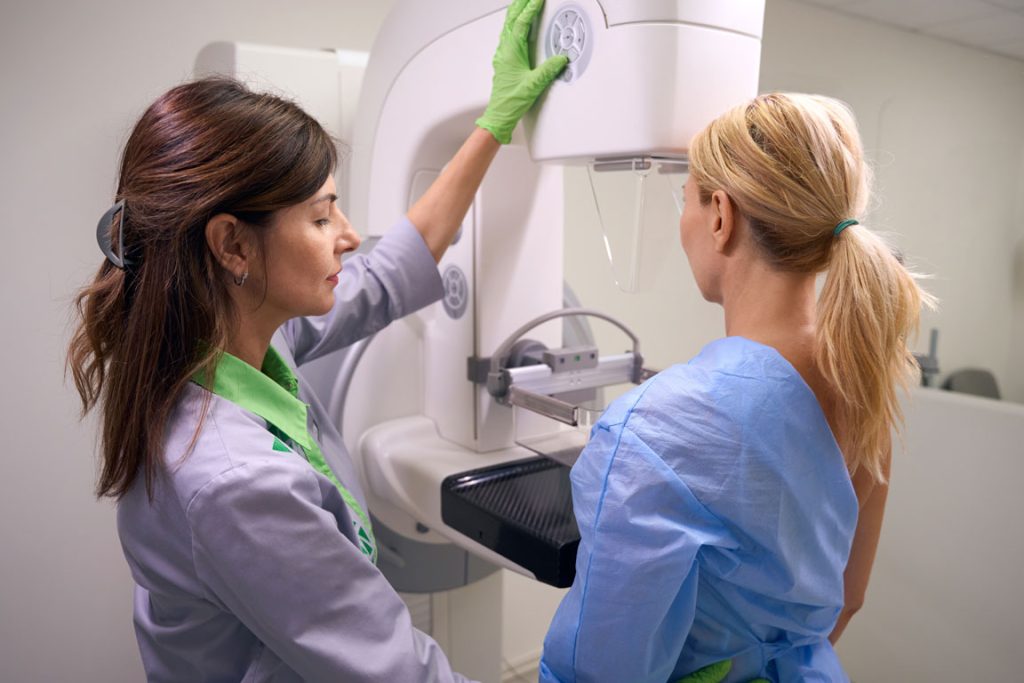Every year, nearly two million Americans are diagnosed with some form of cancer. And every day, scientists and doctors learn more about the various types of cancer, utilizing their knowledge to develop prevention methods and potential cures. As February is National Cancer Prevention Month, this post provides helpful prevention tips and information on several prevalent kinds of cancer.
Cancer Prevention
Finding Cancer Early With Screening Tests
Catching cancer early is one of the best ways to mitigate and possibly remove it before it becomes life-threatening. Screening tests enable medical professionals to detect abnormal cells, drastically increasing the likelihood of a positive outcome.
What Is a Cancer Screening Test?
Screening means checking your body for cancer before you have symptoms. Getting screening tests regularly may find breast, cervical, and colorectal (colon) cancers early, when treatment is likely to work best. Lung cancer screening is recommended for some people who are at high risk.
Breast Cancer
Mammograms are the best way to find breast cancer early, when it is easier to treat and before it is big enough to feel or cause symptoms.
Cervical Cancer
The Pap test can find abnormal cells in the cervix which may turn into cancer. The HPV test looks for the virus (human papillomavirus) that can cause these cell changes. Pap tests also can find cervical cancer early, when the chance of being cured is very high.
Colorectal (Colon) Cancer
Colorectal cancer almost always develops from precancerous polyps (abnormal growths) in the colon or rectum. Screening tests can find precancerous polyps, so they can be removed before they turn into cancer. Screening tests also can find colorectal cancer early, when treatment works best.
Lung Cancer
The USPSTF recommends yearly lung cancer screening with low-dose computed tomography (LDCT) for people who have a history of heavy smoking, and smoke now or have quit within the past 15 years, and are between 50 and 80 years old.
–CDC


Living a Healthy Lifestyle
Making healthy lifestyle choices decreases your cancer risk while improving your overall quality of life. There are many healthy decisions you can make, including:
Eat a Balanced Diet
- Include various fruits, vegetables, and whole grains in your daily meals.
- Try minimizing the amount of red meat and processed foods you eat.
- Consider foods with lean protein, such as fish, poultry, beans, and nuts.
Physical Fitness
- Integrate regular physical activity into your routine.
- Diversify your exercise regimen by incorporating both aerobic exercises and strength training.
Maintain a Healthy Weight
- Strive to maintain an optimal body weight within the recommended range for your age and height.
Moderate Alcohol Intake
- If you drink alcohol, drink it in moderation.
Avoid Tobacco
- If you are a smoker, consider quitting, as smoking poses a significant risk factor for various types of cancer.
Sun Safety
- Apply sunscreen and wear protective clothing when exposed to the sun outdoors.
